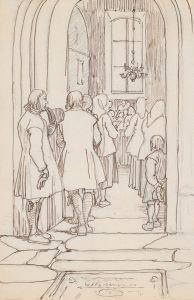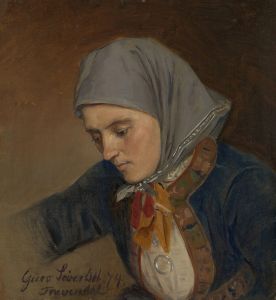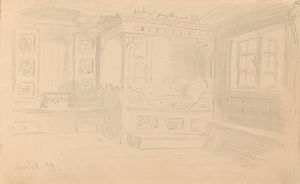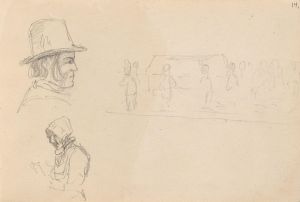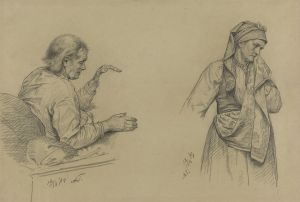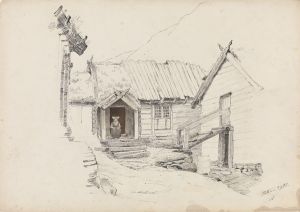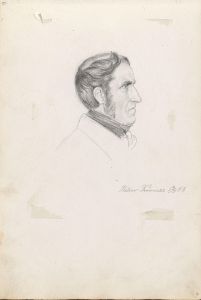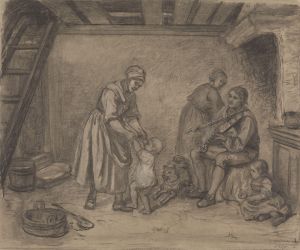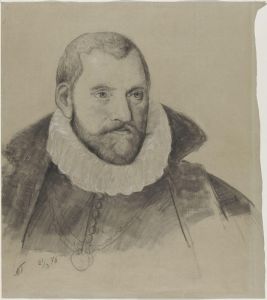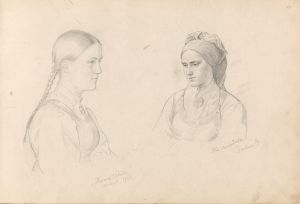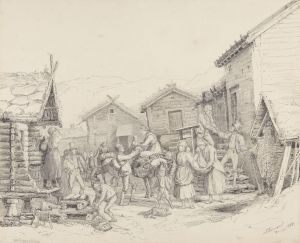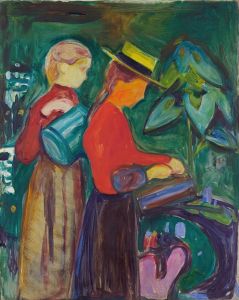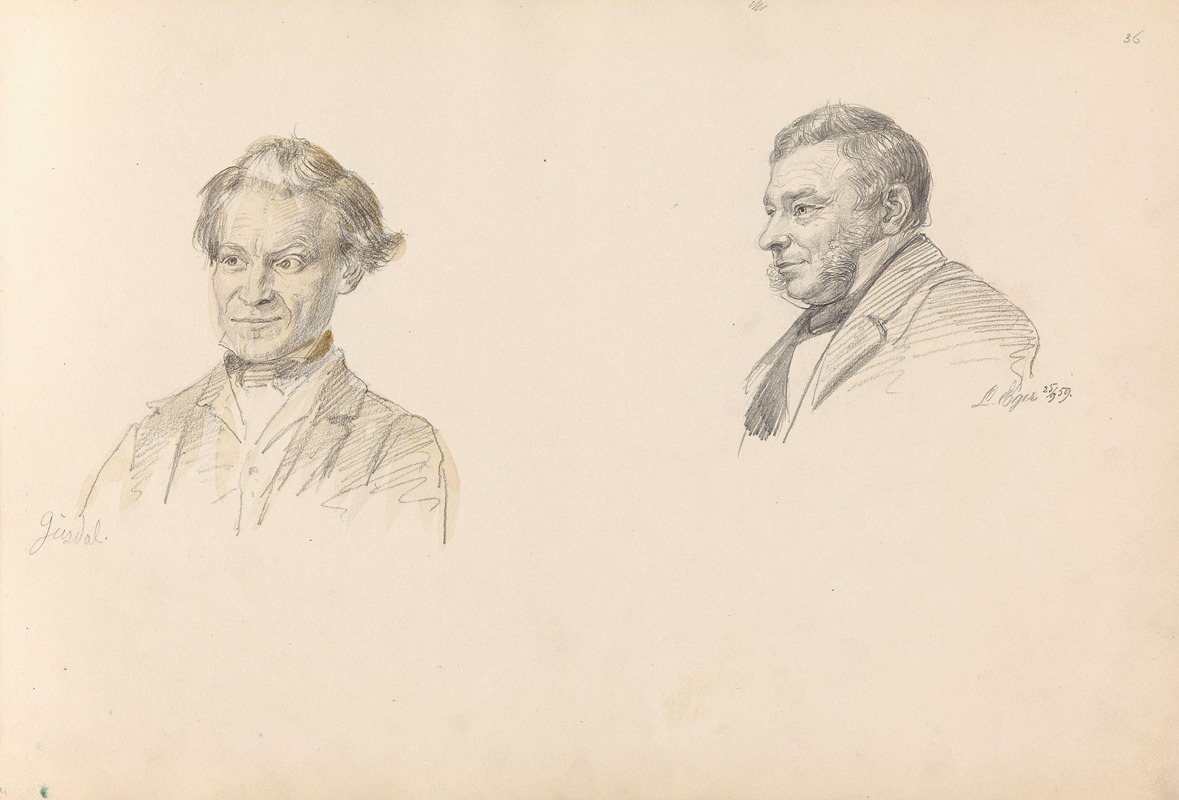
Mannsportrett, Gausdal; Lorentz Eger
A hand-painted replica of Adolph Tidemand’s masterpiece Mannsportrett, Gausdal; Lorentz Eger, meticulously crafted by professional artists to capture the true essence of the original. Each piece is created with museum-quality canvas and rare mineral pigments, carefully painted by experienced artists with delicate brushstrokes and rich, layered colors to perfectly recreate the texture of the original artwork. Unlike machine-printed reproductions, this hand-painted version brings the painting to life, infused with the artist’s emotions and skill in every stroke. Whether for personal collection or home decoration, it instantly elevates the artistic atmosphere of any space.
Adolph Tidemand was a prominent Norwegian painter in the 19th century, known for his detailed and culturally rich depictions of Norwegian life and landscapes. One of his lesser-known works is "Mannsportrett, Gausdal; Lorentz Eger," which translates to "Portrait of a Man, Gausdal; Lorentz Eger." This painting is a fine example of Tidemand's skill in portraiture and his ability to capture the essence of his subjects.
Adolph Tidemand was born on August 14, 1814, in Mandal, Norway. He studied at the Academy of Art in Copenhagen and later at the Academy of Fine Arts in Düsseldorf, Germany, which was a significant center for art education at the time. Tidemand became one of the leading figures of the Düsseldorf School of painting, which was characterized by its detailed and realistic style. His works often focused on Norwegian history, folklore, and rural life, reflecting a deep interest in national identity during a period when Norway was seeking to establish its cultural independence.
"Mannsportrett, Gausdal; Lorentz Eger" is a portrait that exemplifies Tidemand's attention to detail and his ability to convey the personality and status of his subjects. The painting depicts Lorentz Eger, a figure about whom little is widely known, suggesting that he may have been a person of local significance or a private individual rather than a public figure. The setting, Gausdal, is a municipality in Innlandet county, Norway, known for its picturesque landscapes and traditional Norwegian architecture. This setting may have been chosen to emphasize the connection between the subject and the Norwegian countryside, a common theme in Tidemand's work.
Tidemand's portraits are noted for their realism and the way they capture the nuances of human expression. In this painting, he likely employed a meticulous approach to detail, focusing on the textures of clothing, the play of light and shadow on the face, and the subtle expressions that convey the sitter's character. This attention to detail not only highlights Tidemand's technical skill but also his commitment to portraying his subjects with dignity and respect.
Throughout his career, Tidemand received numerous commissions from both private individuals and public institutions, which helped to establish his reputation as one of Norway's leading artists. His works were celebrated for their ability to capture the spirit of the Norwegian people and landscape, contributing to a growing sense of national pride and cultural identity.
While "Mannsportrett, Gausdal; Lorentz Eger" may not be as widely recognized as some of Tidemand's other works, such as "Bridal Procession on the Hardangerfjord" or "Haugianerne," it remains an important piece within his oeuvre. It reflects his dedication to portraying the everyday lives and environments of Norwegians during the 19th century, offering a glimpse into the past and preserving the cultural heritage of Norway through art.
Adolph Tidemand's legacy continues to be celebrated in Norway and beyond, with his works held in high regard for their historical significance and artistic merit. His paintings, including "Mannsportrett, Gausdal; Lorentz Eger," serve as valuable cultural artifacts that provide insight into the Norwegian way of life during a transformative period in the nation's history.






